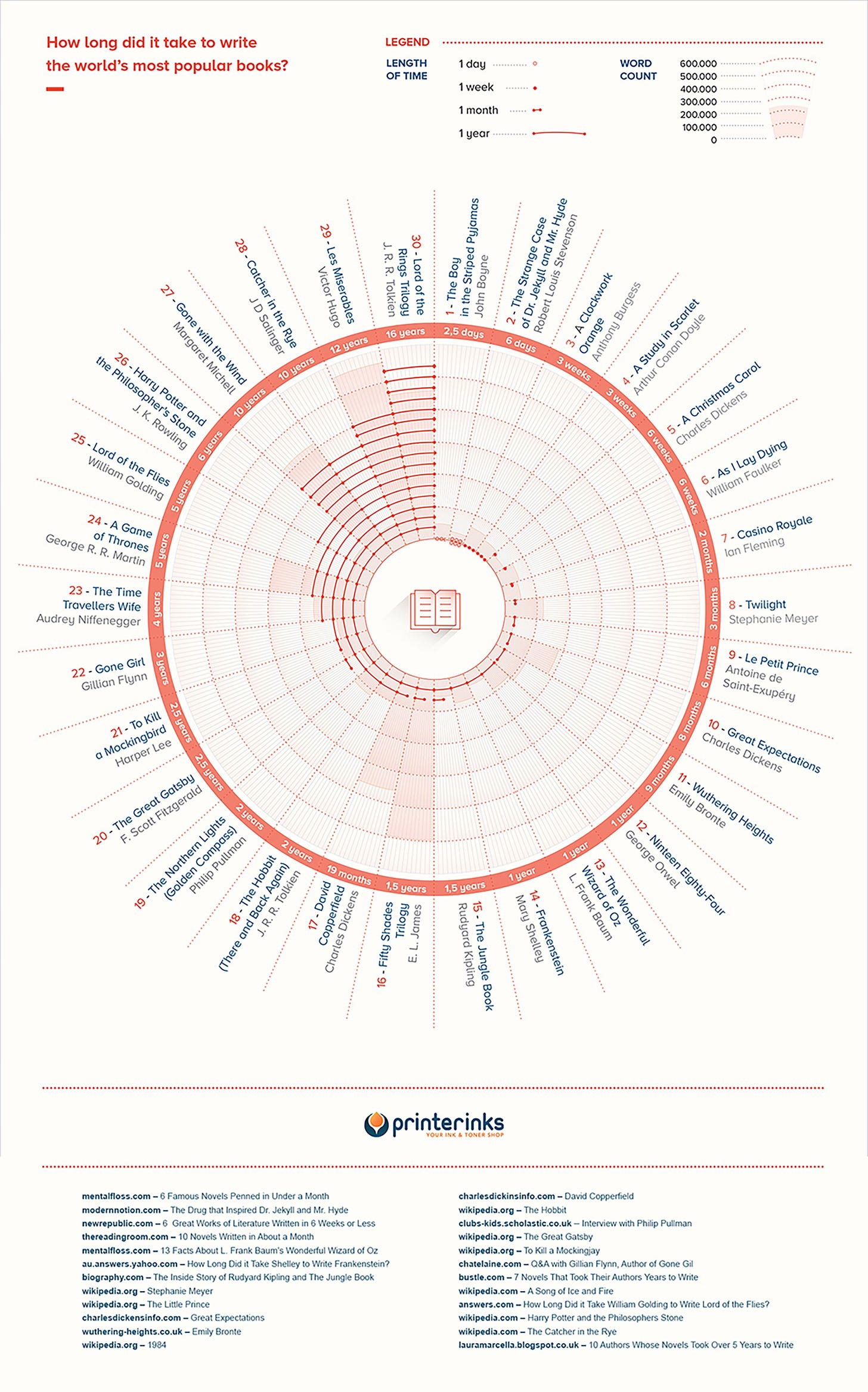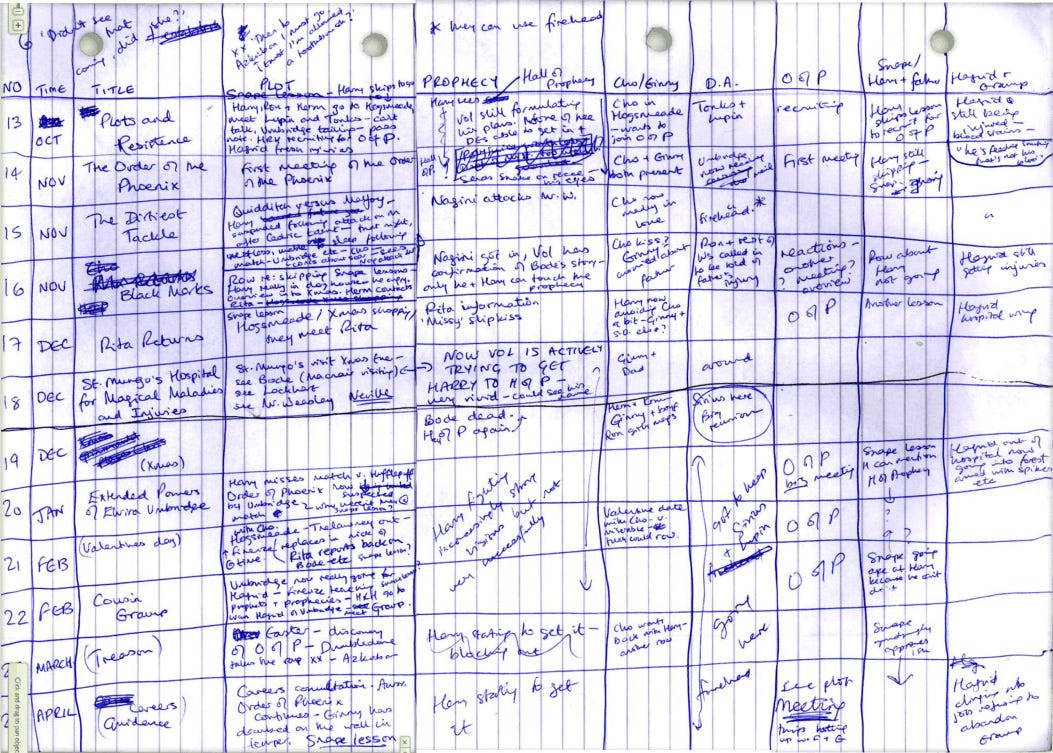As a youngster I’d thought a writer sat down and opened a big book full of blank pages and then just started to write from Page One to The End, probably using some kind of pen that was once part of a bird.
They did this in one afternoon or if it was a long story, two.
That finished story would then, somehow, get copied and be available in the local bookshop or library a few days later.
I thought that maybe Santa’s helpers or similar were involved in that stage.
As far as the actual story was concerned they just made it up as they went along, a bit like how I’d go about making a painting, adding and adding and adding and hoping it wouldn’t end up looking too much like a brown puddle.
And if it did I’d say it was a painting of a brown puddle.
My own stories would follow a haphazard approach.
I’d start with, say, a man in a hat driving a car along a country road and by the time I’d finished there would be a helicopter full of talking monkeys and I’d scribble THE END as it was time for tea.
There was no outlining, if a monkey appeared they were written in.
It wasn’t until later that I heard that not all writers worked in the way I’d imagined.
I found out that it took Tolkien a full twelve years to write Lord of the Rings and another five to get published.
Catcher in the Rye took J.D. Salinger a decade to write but it took Anthony Burgess took only three weeks to write a Clockwork Orange.
Three weeks still seemed a long time to me, I couldn't imagine twelve years on one story, I mean, how long is it?
When I was older I thought I’d try writing a novel and see how long it really took.
I mean, how hard could it be?
It didn’t take too long to realise that there was more to it than I’d led myself to believe.
And I also began to question whether I was following the correct advice.
There seemed to be two main schools of thought on how to approach writing a novel.
Plan the story out in advance.
Also called outlining or just plotting.
A page from JK Rowling’s outline for Order of the Phoenix with six parts running through the overall story. The first Harry Potter book took five years to write.
The analyst brain likes this approach.
A plan, on paper, with everything that happens set out in advance. It all ties up. No loose ends and, of course, you can change it as it goes along (can’t you?)
However, there may well be drawback with this approach.
Is there a danger that you are plotting your story in the same way as everyone else?
You may end up with a story that is a lot like someone else’s story?
Could it be that there is a fine line between outlining and following a recipe for a story where you are filling in the blanks in a template to create your plot?
Is that what you wanted to do in the first place?
Or did you have an idea for a story that you wanted to write?
Could a machine be set up to write in this way?
If it could also print out the result then it could cut out writers altogether …
Forget about plotting.
Find a starting point or situation and go from there.
That’s Stephen King’s approach - he expands on this …
I distrust plot for two reasons: first, because our lives are largely plotless, even when you add in all our reasonable precautions and careful planning; and second, because I believe plotting and the spontaneity of real creation aren't compatible.
A strong enough situation renders the whole question of plot moot. The most interesting situations can usually be expressed as a What-if question:
What if vampires invaded a small New England village? (Salem's Lot).
What if a young mother and her son became trapped in their stalled car by a rabid dog? (Cujo).
These were situations which occurred to me - while showering, while driving, while taking my daily walk - and which I eventually turned into books. In no case were they plotted, not even to the extent of a single note jotted on a single piece of scrap paper.
The creative brain likes this approach.
Nothing is tied down, everything is possible and even as the writer, you don’t know where the story may take you.
Stephen King does it this way so it must work. Doesn’t it?
Yes, for him.
However, you can end up getting lost in the woods with this approach.
If you really don’t know where you are going then you might just end up in quick sand or stepping off the edge of somewhere high up.
And that may not be all that interesting for your readers.
These are questions I’m wrestling with as I get started with the next sections of my story Discovery
Should I plan it out in diagrams, maps and character profiles?
Or should I just step into the woods and see what’s in there?
It’s not just in writing that these questions come. Music is just as open to different approaches.
Lots of pop music follows a similar structure, from tempo to song length, chord progressions, instrumentation and even words and phrases that get used over and over again.
And yet some people follow the invisible trail and every so often find something magical. Like the Cocteau Twins …
Thanks for reading Signal Source Writing! Subscribe for free to receive new posts and support my work.









